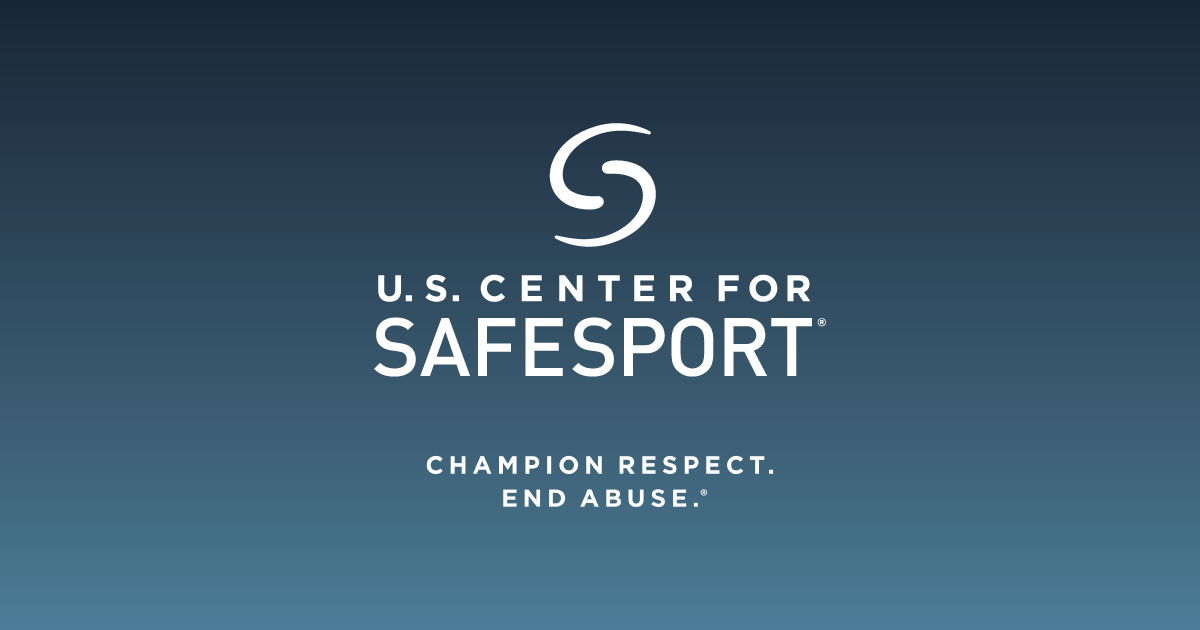
Every day, parents drop their kids off at soccer practice, athletes arrive at the pool or the barn, teams show up at tournaments or competitions to train, practice, and compete – all assuming and believing that sports are a safe space to grow and have fun. But sometimes the sporting institutions and organizations we think are there to support the best interests of athletes harm them rather than protect them. This is recognized as institutional betrayal.
In sport, institutional betrayal looks like clubs, leagues, schools, federations, or governing bodies neglecting to engage in safety and abuse prevention, providing absent, poor, or damaging responses when abuse arises, or taking actions to cover up incidents of abuse and protect perpetrators rather than protecting athletes and/or victims. Organizations may enact this betrayal by not having clear reporting protocols, ignoring reports, retaliating against those who speak up, normalizing harmful behaviors, and putting the reputation of the institution, team, or coach above the well-being of those who were harmed and the community at large.
Institutional betrayal has the power to compound and add to the harm, abuse, and aftermath that have already transpired for an athlete, coach, team, and community. Such neglectful, deliberate, and unethical inactions and actions degrade the integrity of the organization or program, leave all athletic stakeholders vulnerable to harm, are fiscally costly, and put the longevity and sanctity of sports in jeopardy.
We may think this could never happen at our club, at our school, or in our sport, but institutional betrayal can be seen across all sports at every level of play. This article chronicles historical examples of institutional betrayal exhibited across gymnastics; this article exposes institutional betrayal in the sport of biathlon; and this article demonstrates institutional betrayal in wrestling.
As exemplified, institutional betrayal can cause long-lasting repercussions for individuals, families, teams, communities, and programs. Institutional betrayal can be turning a blind eye to or permitting any type of abuse or harmful behavior in athletic spaces. This betrayal by organizations can be extremely detrimental, as it is often unexpected. Athletes rely on their sport as part of their identity, may feel like their team or club is their family, and depend on their sport for their career and present and future livelihood.
The message sent to athletes (and their parents), and to the public at large – the reputation of the club and the institution matters more than you. Athletes are dispensable and replaceable. Bad actors are protected. Winning and medals matter more than athlete safety and well-being.
On the flip side, organizations, clubs, and programs can exhibit institutional courage by enacting proficient, thorough, and inclusive measures for prevention and response regarding harmful behaviors and cultures. This looks like doing the right thing on behalf of each individual athlete and taking actions that prioritize athlete well-being above all else. Tangibly, this means increasing transparency, having clear reporting systems, not tolerating harmful behaviors, holding perpetrators accountable, supporting athlete survivors in trauma-informed manners, and creating and maintaining cultures that are healthy, caring, and respectful. Institutions that place integrity over their image and the scoreboard demonstrate such institutional courage.
Nevertheless, sporting organizations have shown that it has been hard to shift the culture and do the right thing. Facing pitfalls, excuses, and barriers to choosing courage is still far too common. Many clubs and programs do not have the means and resources to enact best practices – they continue to value money and medals over morals, they protect bad actors, they demonstrate laziness in making positive change, or deny that harm occurs and cause future harm with their poor responses – all resting on the guise that ‘this is how it’s always been.’
The cost of institutional betrayal far outweighs the cost of transitioning to institutional courage. When perpetrators and reputations are protected, it becomes even harder for victims of abuse to come forward, negatively impacting the safety and sanctity of the athletic environment. Bottom lines are affected as insurance costs and membership prices rise to compensate for litigation and settlements pertaining to abuse and harm. And, workplace morale suffers for organizational staff, coaches, and athletes as they witness harmful behavior excused. Sports often lack infrastructure such as human resources departments, making it even more paramount that institutions proactively safeguard to prevent abusive conduct and have proper reporting and response mechanisms in place for all athletic community members.
The well-being of all athletes and the longevity of our sports depend on the actions of the leadership of all sporting organizations. Institutions must first do no harm. And then, do no further harm. The shift from institutional betrayal to institutional courage starts with having effective policies and then upholding trust, rather than breaking it.
References and Resources
- Knowledge Base and Research Priorities | Center for Institutional Courage
- Institutional Courage Questionnaire (ICQ)
- How to find and apply institutional courage
- Finding Courage: Dismantling the Culture of Abuse in Sport
- (PDF) Institutional Betrayal
- Listening to Victims of Maltreatment in Sport: Avoiding the DARVO Effect
Kathryn McClain, MSW, MBA
Program and Partnerships Director at #WeRideTogether
kmcclain@weridetogether.today
.jpeg)



